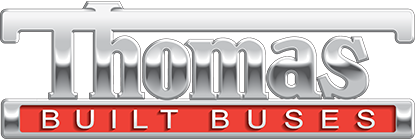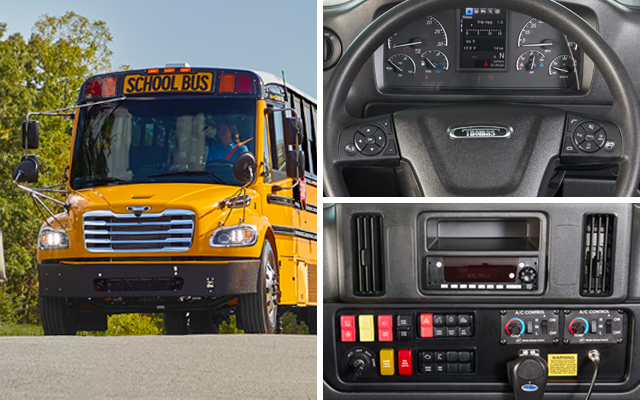
Upgrading the C2’s User-Experience for a New Era of Drivers
Student safety is in the hands of school bus drivers. The more comfortable and confident drivers feel, the more safely they drive.
For the last 20 years, Thomas Built Buses has supplied the industry with advanced electronics engineered with safety prioritized in every detail. Our Saf-T-Liner® C2 was designed…
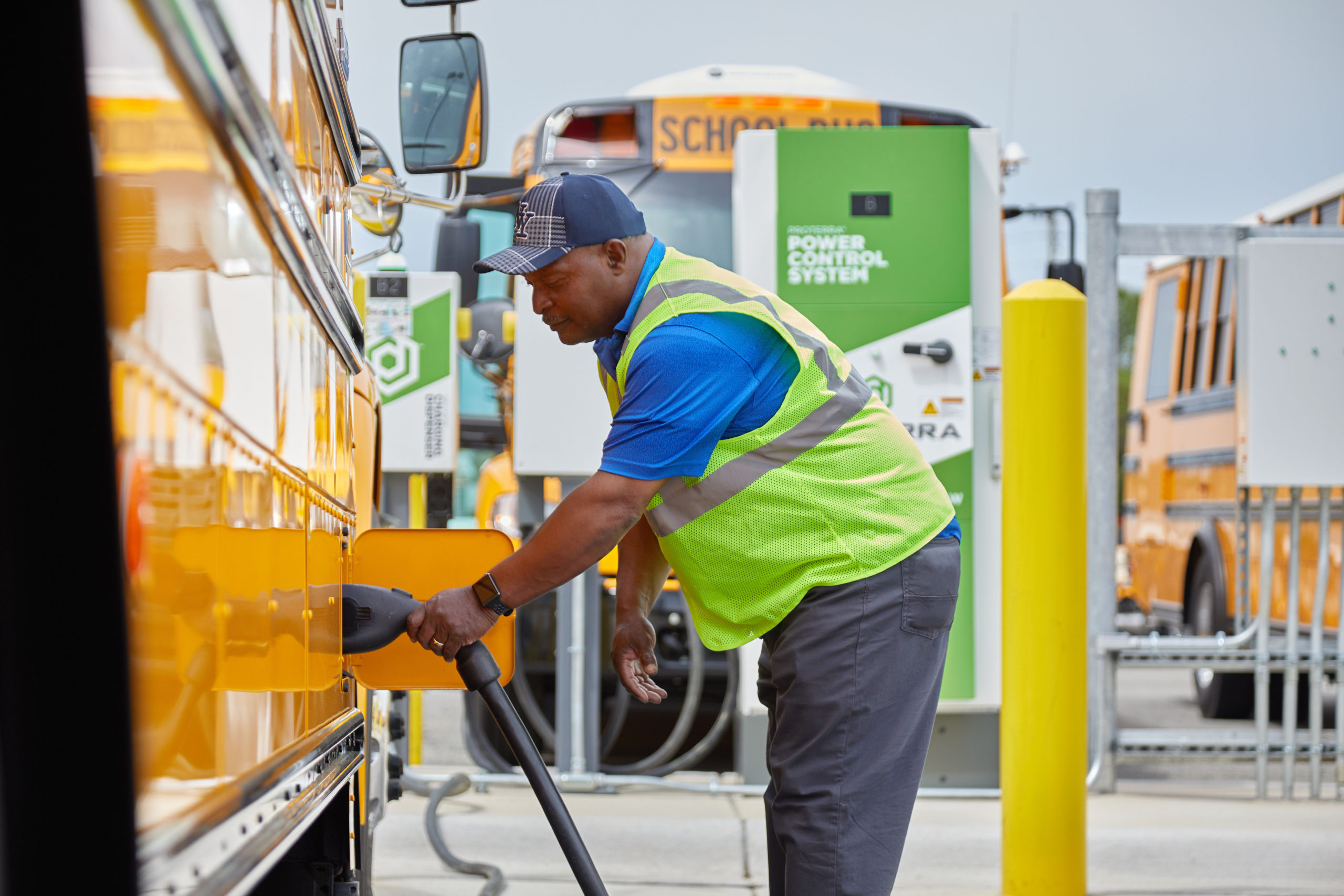
As electric school buses continue to gain momentum across the U.S. through federal incentives like the EPA’s Clean School Bus Program, school districts are looking for help in transitioning their traditional bus fleets to electric, including building out electric vehicle (EV) infrastructure.
Building and implementing charging infrastructure can be a daunting task, with challenges…
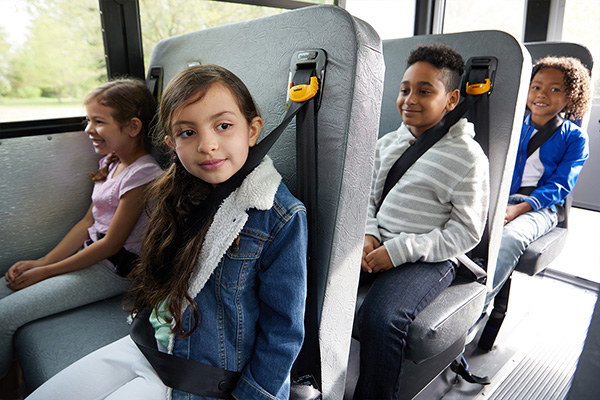
From Kendra Eads, VP of Engineering and Technology at Thomas Built Buses
As we gear up for the back-to-school season, it’s important to recognize the significant advancements in school bus technology that enhance the safety and well-being of our students during their daily journeys.
At Thomas Built Buses, our commitment to safety is evident in our mission and…
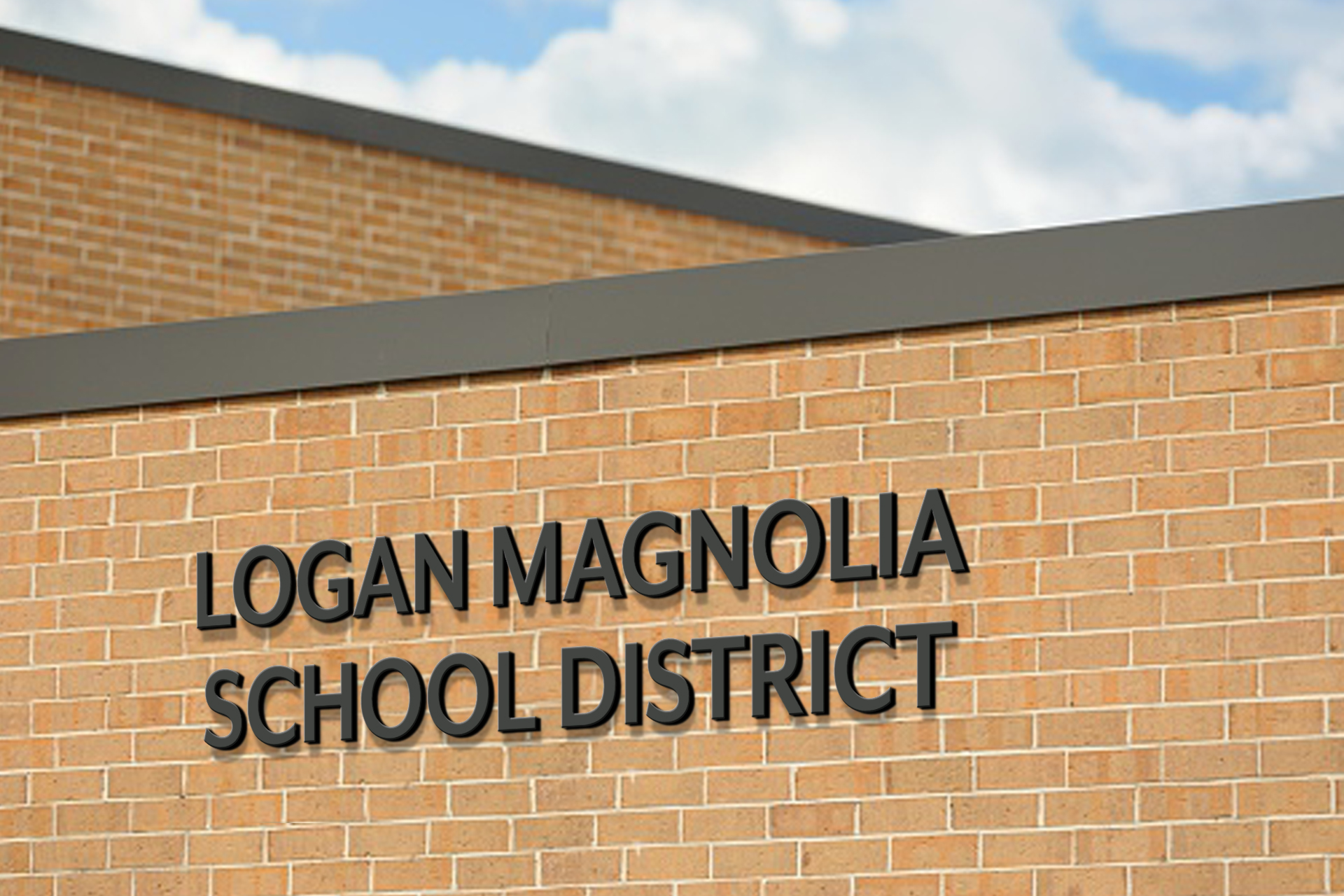
(Em)Powering a Greener Future: Logan-Magnolia Community Schools' Journey with Electric School Bus Infrastructure Consulting
In today’s educational landscape, schools across the country are making strides towards embracing sustainable solutions.
A prime example of this is unfolding at Logan-Magnolia Community Schools in Iowa, under the leadership of Kurtis Hinkel, the grounds and transportation director.
Fueled by the vision of transitioning their fleet to electric, the school district recently…
The cost of fuel and overall fuel efficiency are significant factors that can drastically affect the total cost of ownership (TCO) of your fleet. Thomas Built buses, which have Selective Catalytic Reduction (SCR) emissions systems, can provide from 7% to 27% better fuel economy than traditional Exhaust Gas Recirculation (EGR) technology. Alternative fuel buses with compressed natural gas or propane autogas engines may be able to offer even greater fuel savings.
But what if you cannot afford a new bus at this time? Or, what if you have a newer bus but wish to reduce your fuel economy even more? The solution may be in your drivers’ driving habits. By monitoring and changing your drivers’ habits, you could start to see significant fuels savings, not to mention reduced emissions and even an improved safety record. To decrease your fuel consumption and overall TCO, here are a few driving habits to watch out for:
- Idling: In the wee hours of the morning, buses are cranking up across the country. Unfortunately, many of them are idling for far too long. Today’s engines do not need nearly as much time to warm up in the mornings. On most buses, the typical time needed to circulate the engine oil throughout the system is only a couple of minutes, if that. Excessive idling means fuel is being burned even though no motion is taking place. In essence, you are getting zero miles per gallon. Plus, excessive idling can cause additional wear and tear on your buses that will decrease its overall lifespan. Encourage your drivers to idle less in the mornings and afternoons during start-up. When drivers must be stopped for a long period of time (aside from traffic, of course), encourage them to turn off the engine. It takes less fuel to restart the engine than to idle the engine for a long period of time.
- Speeding and acceleration: Simply put, the faster a bus travels, the more fuel it consumes. Quick acceleration and driving excessive speeds not only decrease the aerodynamic drag of a bus, they are also unsafe practices. A nice, smooth acceleration from stop and staying within the speed limit can drastically reduce overall fuel consumption. In fact, shifting gears in a bus too soon or accelerating too quickly not only burns extra fuel, it can also lead to carbon buildup in the engine and reduce the overall efficiency of the bus. Encourage drivers to drive within the speed limit, accelerate slowly and smoothly from a stopped position and not try to run yellow lights.
- Braking: Hard braking can often be a result of driving too quickly or following other vehicles too closely. Hard breaking should never be the norm, as it causes unnecessary wear and tear on the brakes and tires, and requires the bus to accelerate again from a stopped position. Encourage drivers to stay alert, look ahead and anticipate stops. In traffic, slowing down and coasting to a stop is much easier on the bus than hard braking and aggressive acceleration.
To learn more about how driving habits can affect your TCO, or to request driver training, contact your local dealer.
